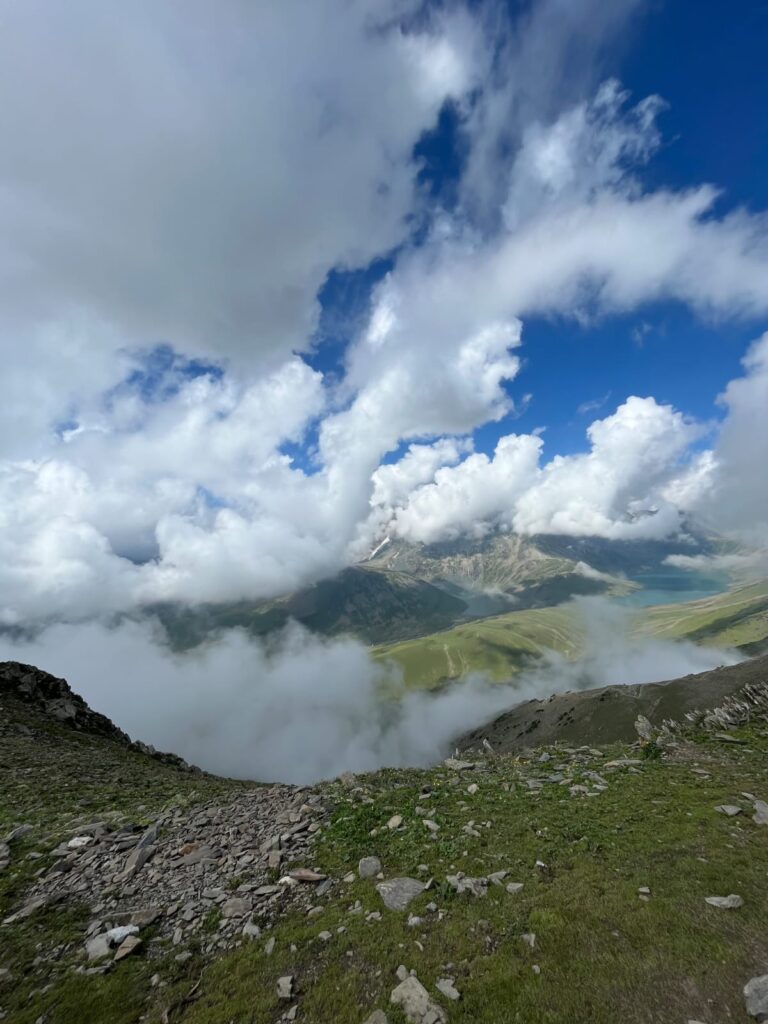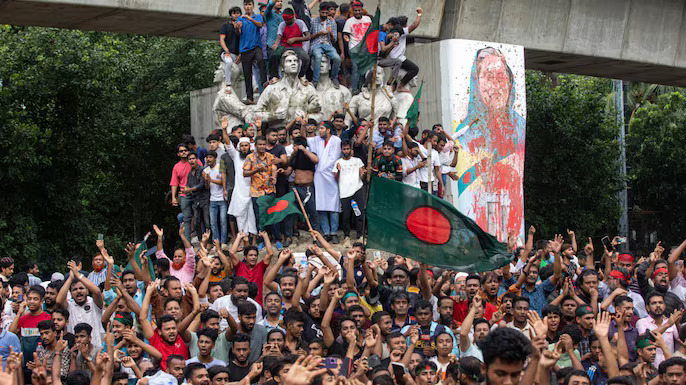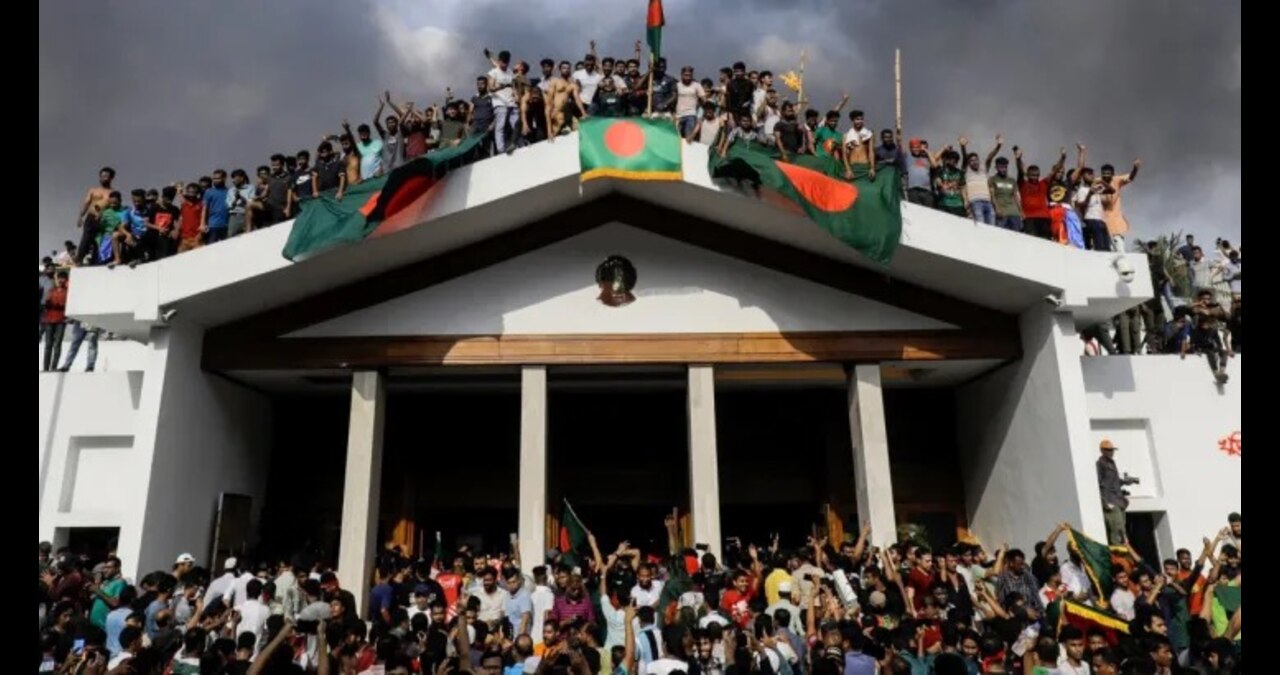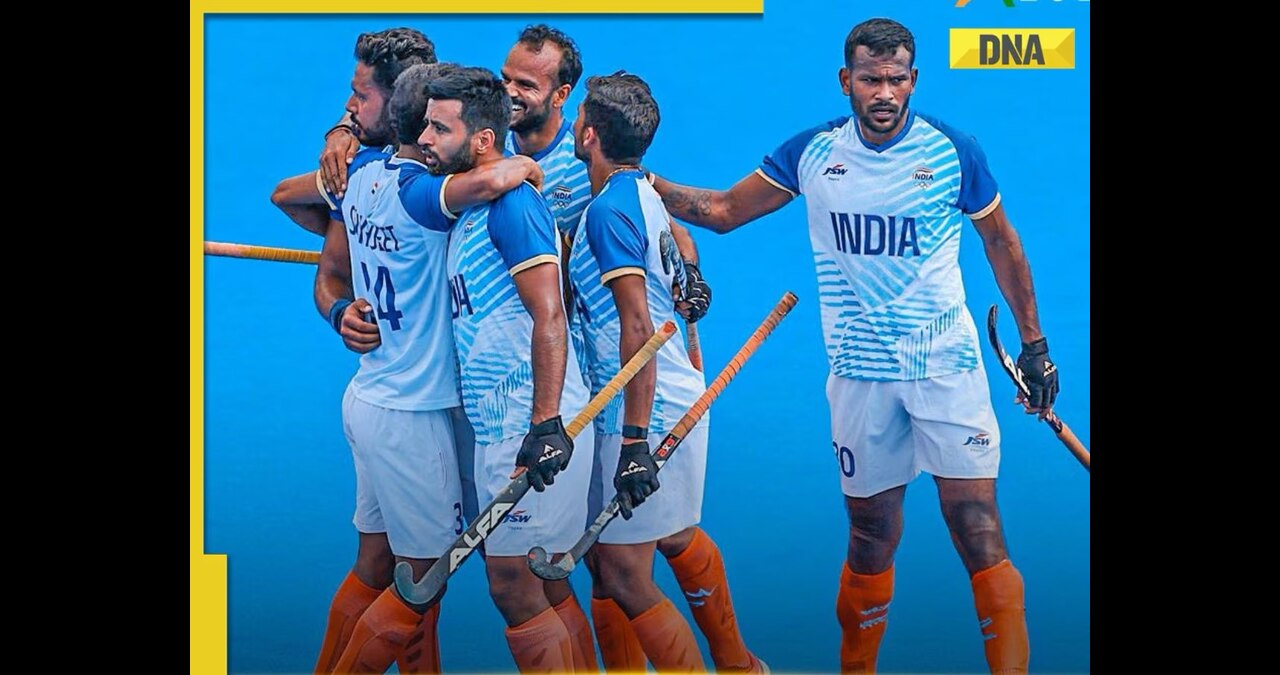
KGL – Kashmir Great Lakes trek stands out as one of India’s most stunning treks, offering unparalleled natural beauty.
KGL – Kashmir Great Lakes Trek is renowned for its unique appeal, offering a journey that captivates both the adventurous spirit and the love for natural beauty. Nestled in the heart of the Himalayas, Kashmir provides a perfect backdrop for this trek, which spans approximately 7-9 days and is moderately challenging. With elevations reaching up to 13,000 feet and covering about 63 kilometers, it offers ample opportunities for self-discovery on physical, mental, and emotional levels.
This trek is not just about traversing distances; it’s a profound experience of pushing personal limits and overcoming challenges. The journey tests one’s endurance and determination, culminating in a sense of accomplishment that is deeply rewarding. For those adequately prepared, the Kashmir Great Lakes Trek promises to be a joyful and unforgettable adventure amidst some of Earth’s most breathtaking landscapes.
Brief Itinerary
- Day 1: Begin your journey with a drive from Srinagar to Sonamarg.
- Day 2: Drive from Gagangir to Shitkadi, followed by a trek to Nichnai.
- Day 3: Trek from Nichnai to Vishnasar via the Nichnai Pass.
- Day 4: Trek from Vishnasar to Gadsar via the Gadsar Pass.
- Day 5: Trek from Gadsar to Satsar Lake.
- Day 6: Trek from Satsar Lake to Gangabal Lake via the Zaj Pass, enjoying views of Harmukh Peak and its glaciers.
- Day 7: Trek to Naranag from Gangabal Lake, followed by a drive to Srinagar.
- Day 8: Departure day.
Difficulty Level
The Kashmir Great Lakes trek presents a moderate to challenging level of difficulty, reaching elevations up to 13,715 ft. This rating is attributed to its long trekking days and steep ascents. The trek spans six days, covering a total distance of 75 km, with an average daily trekking distance of 12 km and an ascent of approximately 1500 ft. each day.
Here are five notable challenging sections:
- Ascending to Nichnai campsite on the first day.
- Continuous ascent to Nichnai Pass from the campsite.
- The demanding climb to Gadsar Pass.
- Negotiating boulder sections while trekking from Satsar Lake to Gangabal Lake.
- A steep descent towards Naranag concludes the trek.
How to Reach Base Camp
By Air: The nearest major airport is in Srinagar, which is well-connected to major cities across India. From Srinagar, you can hire a private car or take a shared taxi to Sonamarg, the starting point of the trek. The road journey from Srinagar to Sonamarg spans approximately 120 kilometers and takes around 3 to 4 hours by car.
By Road: From Srinagar- Srinagar is well-connected by road to various cities. You can either hire a taxi or use public transport to reach Sonamarg.
From Jammu: If you’re coming from Jammu, you can take a cab, bus, or drive a private car to Sonamarg Valley. The road journey typically takes about 10-12 hours.
By Train: The nearest railway station to Sonamarg is located in Jammu, approximately 360 kilometers away. Jammu is connected to major cities across India by train. Alternatively, you can take a train to Udhampur railway station, which is around 260 kilometers from Sonamarg, though it has limited connectivity to major cities.
Detailed Itinerary For Kashmir Great Lakes Trek
Day 1: Arrive Srinagar and Drive to Sonamarg
Upon arriving in Srinagar, commence your journey towards the base camp at Shitkadi, Sonamarg. Enroute, soak in the natural splendor of Kashmir as you traverse through villages, farmlands, and the picturesque road nestled between mountain ranges, accompanied by the flowing Sindh River.
- Altitude: 7800 feet
- Distance from Srinagar: Approximately 90 kilometers, taking about 3 hours by road.
- Campsite Location: Near the Sindh River, in Shitkadi Village.
- Amenities: There are no nearby shops, so ensure you have all necessary supplies.
- ID Requirement: Carry your original ID proof and two photocopies for verification at the Army Check Post.
Day 2 – Sonamarg to Nichnai | 2,730 m to 3,505 m | 6.5 hours, 9 kms
- Have breakfast and pack your bags.
- Start ascending towards the Nichnai campsite.
- Stop at Tabletop, a scenic plateau surrounded by forests, offering wide views of the Thajiwas Mountain Range and Amarnath Peak.
- Trek alongside the river canal, following the trail as it opens up to tall mountains.
- Cross a river with guidance from your trek leaders.
- Reach the Nichnai campsite and enjoy the breathtaking views.
Day 3 – Nichnai to Vishansar Lake | 3,505m to 3,650 m | 5.5 hours, 13 kms
- Altitude: 11500 ft to 12000 ft, reaching up to 13100 ft
- Trek Distance: 12 km, approximately 7 hours
- Duration from Nichnai Pass to Vishansar: Approximately 1.5 hours
- Mobile Coverage: B.S.N.L network available at Nichnai Pass, the last point with mobile coverage
- Descent: Descend from Nichnai Pass towards Vishansar
- Lunch: Served at the Vishansar campsite
- Vishansar Lake: A 15-minute walk from the campsite, the first and most picturesque lake on the trek
- Lake Conditions: May freeze in July; fishing permitted with permission from Srinagar Fishing Department
- Shepherds: Vishansar frequented by sheep flocks; shepherds known for their intriguing stories
- Activities: Campsite ideal for volleyball, cricket, and other sports
Day 4 – Vishansar Lake to Gadsar | 3,650m to 3,810m via 4,200m Gadsar Pass | 6 hours, 14 km
- Altitude: 12000ft to 12000ft, via 13750ft
- Trek Distance: 14 kms, approximately 10 hours
- Early Start: Trek begins earlier than usual
- Route: From Vishansar to Gadsar
- Steep Ascent: Trail ascends steeply from Vishansar to Gadsar Pass
- Scenic Stops: View Kishansar Lake along the way
- Descent: Descend gradually from Gadsar Pass to the campsite
- En Route Sights: Encounter Gadsar Lake and possibly glimpse Gadsar Glacier
- Arrival: Reach campsite after passing Gadsar Lake, about 2 hours from the lake
- Checkpoint: Stop at an army checkpoint near the campsite for ID verification
Day 5 – Gadsar to Satsar | 3,810m to 3,600 m | 5 hours, 12 km
- Altitude: 12000 ft to 12000 ft
- Trek Distance: 9 kms, approximately 6 hours
- Floral Beauty: Trail adorned with vibrant flowers from mid-July to mid-August
- Army Checkpoint: ID verification required at another army checkpoint along the route
- Scenic Lakes: Encounter two smaller lakes often mistaken for Satsar Lakes
- Satsar Twin Lakes: Visit in the afternoon, approximately 1.3 hours from the campsite
- Mengen Top: Known for its scenic views of the Stasar Twin Lakes nestled amidst mountains
Day 6 – Satsar to Gangabal Twin Lakes | 3,600m to 3,587 | 5 hours, 9 km
- Altitude: 12000 ft to 11500 ft via 13000 ft
- Trek Distance: 11 kms, approximately 6 hours
- Rocky Trails: Begin with an hour on rocky trails before ascending to Zaj Pass
- Scenic Views: Zaj Pass provides views of Mt. Harmukh and its glacier
- Descent: Descend to Gangbal Lake, then camp at Nandkol Lake
- Gangbal Lake: Visit one of the largest lakes on the trek
- Cultural Evening: Enjoy traditional Kashmiri songs and dances performed by local staff after dinner
Day 7 – Gangabal to Naranag | 3,587m to 2,271 m | 6.5 hours, 13 km
- Altitude: 11500 ft to 7450 ft
- Trek Distance: 15 kms, approximately 7 hours
- Descent: Trek involves descending the trail to Naranag, requiring care for ankles and knees
- Scenic Route: Pass through pine forests during the trek
- Transportation: TrekupIndia offers transportation to Srinagar for a fee with advance booking
- Arrival in Srinagar: Reach Srinagar by 6:30 pm after a 70 km drive
- Mobile Network: Note that prepaid SIM cards are not valid in Kashmir; carry postpaid SIM cards
- Departure: Plan your onward travel arrangements from Srinagar after 8 pm on Day 8
Gallery





More Images







Things to Carry
THINGS TO CARRY
- Trekking Shoes: Choose shoes with excellent grip and ankle support, avoiding sneakers or sports shoes.
- Backpack (40-60 litres): Opt for a backpack with sturdy straps and a supporting frame. Ensure it includes a rain cover.
- Daypack (20 litres): For the summit day, bring a smaller backpack for water, snacks, and your medical kit. Consider a foldable option.
- Layers/Warm Clothes/Thermals: Pack according to weather conditions, including thermals for colder temperatures.
- Trek Pants/T-shirts/Undergarments: Select clothing based on comfort and practicality. Bring the necessary amount to travel light.
- Sunglasses, Suncap, Sunscreen: Essential for sun protection at high altitudes.
- Hand gloves, socks (2 pairs including woollen socks): Keep hands and feet warm and dry.
- Headlamp/LED Torch: Mandatory for visibility during early morning or late evening treks.
- Trekking Pole: Helpful for stability and reducing strain on steep terrain.
- Poncho/Raincoat: Carry to stay dry during unexpected showers.
- Cutlery: Include a spoon, coffee mug, and a lunch box for meals (mandatory).
- Personal Medikit: Carry essential medications and first aid supplies.
- Toiletries: Include moisturiser, a light towel, lip balm, toilet paper, toothbrush, toothpaste, and hand sanitiser. Avoid wet wipes.
- Water Bottle (1 litre): Stay hydrated with a reusable bottle.
- Plastic covers: Pack extra plastic bags for storing wet clothes. Remember to carry them back and avoid littering.
Health and Safety
- Before starting the trek, calculate your BMI (Ideal BMI should be between 18.5 and 24.9).
- Conduct health and safety checks before preparing for the trek.
- Prioritize achieving a balanced mind and body before departure, as this enhances performance in varying conditions.
- Ensure your body is sufficiently fit to handle the trek with backpacks, considering both body weight and stamina. Simple squats can help build leg strength for uneven terrains.
- Maintain flexibility through regular stretching or yoga, which is crucial for navigating trails, climbing, and river crossings.
- Enhance cardiovascular endurance through activities like running, swimming, or cycling, essential for effective oxygen transport during ascending and descending slopes on Himalayan treks.
Trekking Agencies for KGL Trek
Watch More:
India won T20 worldcup 2024: Barbados
Virat Kohli and Rohit Sharma Confirms Retirement from T20 Internationals







